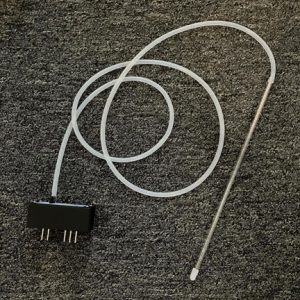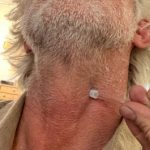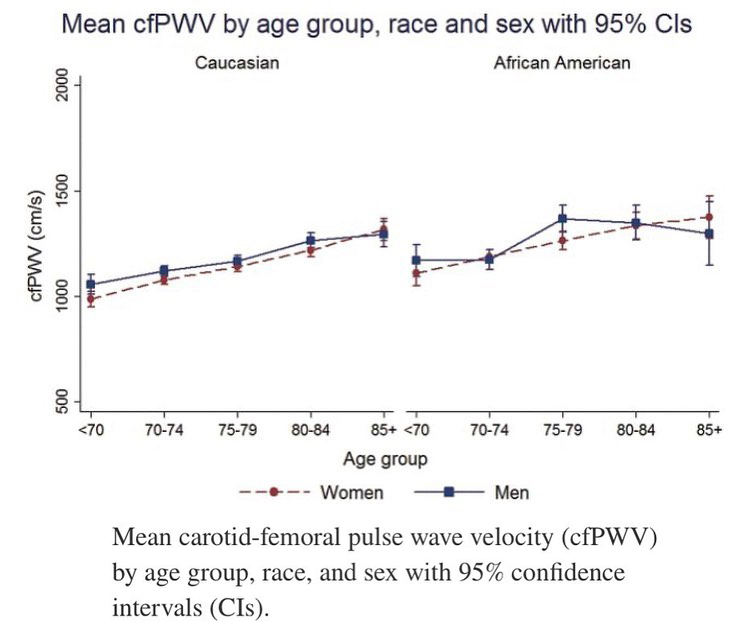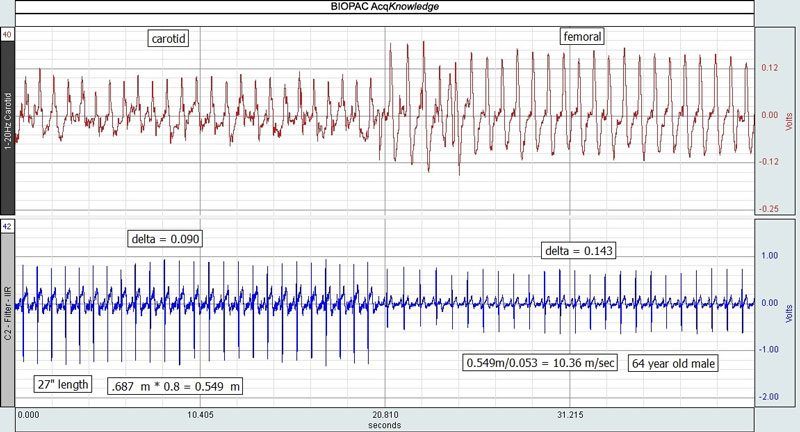Carotid to Femoral Pulse Wave Velocity (cfPWV) measurement
Classic (gold standard) Carotid to Femoral Pulse Wave Velocity (cfPWV) measurement using BIOPAC’s MP160 Data Acquisition System with AcqKnowledge Research Software, Transducer Amplifier DA100C, Electrocardiogram Amplifier ECG100D or ECG100C, Pressure Transducer TSD160A , and tubing (contact BIOPAC).


Pulse Transit Time (PTT) is calculated by referencing both carotid and femoral pressure rise to ECG R-wave. 80% of the length from carotid to femoral sensing points is divided by PTT to obtain PWV. PWV increases as biological age increases, due to increased arterial stiffness.

Graph Source: Meyer, M. L., Tanaka, H., Palta, P., Cheng, S., Gouskova, N., Aguilar, D., & Heiss, G. (2016). Correlates of segmental pulse wave velocity in older adults: the Atherosclerosis Risk in Communities (ARIC) Study. American journal of hypertension, 29(1), 114-122.
Replicating results by Kawon V. Kim, et. al. at the Kite Research Institute, Toronto, CA. See Kim, K. V. (2021). A Clinical Guide for the Acquisition and Analysis of Carotid to Femoral Pulse Wave Velocity using Applanation Tonometry in Persons with Spinal Cord Injury (Doctoral dissertation, Toronto Rehabilitation Institute).
#pulsewavevelocity #pulsetransittime #biologicalage #arterialstiffness #carotidartery #femoralartery

Stay Connected